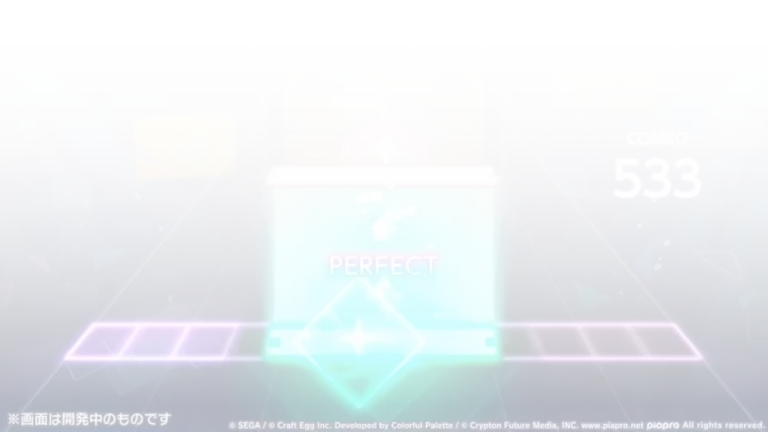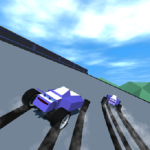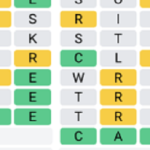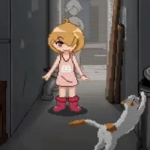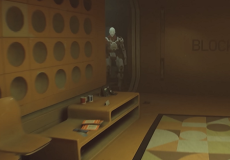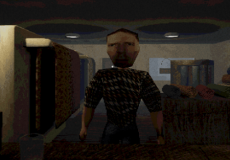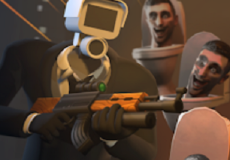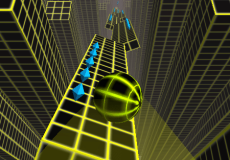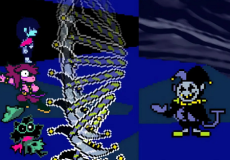
Huntsman
Advertisement
In Huntsman, the player is dropped into a compact office space that has been overtaken by a single but highly aggressive threat. The environment is closed-off and minimal, consisting of a few interconnected rooms filled with obstacles, key items, and traces of something that shouldn’t be there. The flashlight becomes essential for vision, and for maintaining awareness. Cabinets, desks, and corridors hide clues and movement. At the center of this space is the creature—never far, never passive. Navigating this layout means knowing when to move and when to wait, as the wrong decision can leave no time for correction.
Advertisement
Similiar games
In Huntsman, the player is dropped into a compact office space that has been overtaken by a single but highly aggressive threat. The environment is closed-off and minimal, consisting of a few interconnected rooms filled with obstacles, key items, and traces of something that shouldn’t be there. The flashlight becomes essential for vision, and for maintaining awareness. Cabinets, desks, and corridors hide clues and movement. At the center of this space is the creature—never far, never passive. Navigating this layout means knowing when to move and when to wait, as the wrong decision can leave no time for correction.
Functional Horror Structure
The game takes influence from older survival horror design, emphasizing limited resources and scripted movement patterns. The objective is not complex—locate the necessary items to create a means of removing the threat—but execution is where tension is introduced. Being cornered is a constant possibility, and the spider does not follow predictable rules. Small mechanical adjustments, like door triggers and flashlight activation, shape how the environment feels. Every room adds a slight variable: line of sight, audio cues, sudden noise. There are no upgrades or weapons in the traditional sense, only tools with a singular use.
Compact, Tense, Deliberate
Huntsman was created using Horror Engine and focuses on short, repeatable gameplay sessions. The experience is built for keyboard and mouse, and all models—including the spider—were developed specifically for this game. Multiple updates have refined pathfinding, lighting, and collision behavior. These changes improve flow but maintain the core structure: a small space, a mobile threat, and a limited toolkit. There is no large narrative arc or branching outcome—just one environment, one problem, and one possible solution. How quickly the player finds it depends on how well they observe under pressure.
Discuss Huntsman
